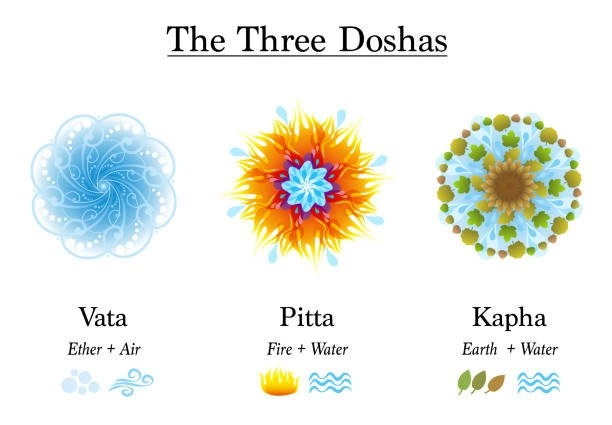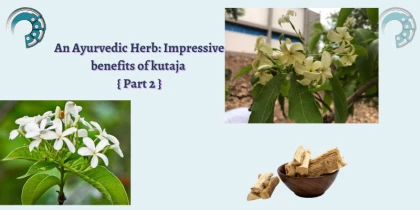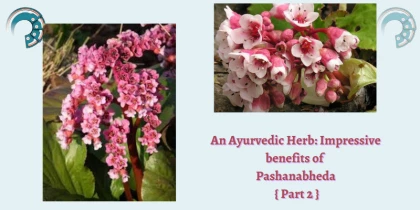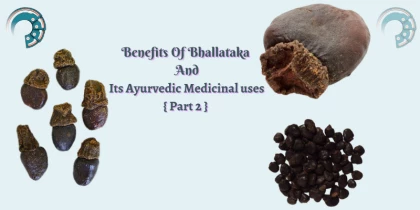
Bringing Ayurveda to Your Yoga Practice { Part - 1} Test
Yoga is considered the sister science of Ayurveda—the other side of the same coin. When using these therapeutic disciplines together, they can offer powerful healing as well as overall health and well-being.
 The great thing about Ayurveda is that it considers each of us constitutionally unique. There is no “one size fits all” ayurvedic practice. Our constitution, our nature, is known as our prakruti, and it remains the same from birth. But we are influenced by our lifestyle choices and our exposure to stressors, events, and other things in our environment that can lead us into a state of imbalance, or vikruti. When working toward a balanced state of health in Ayurveda, the goal is to achieve a better understanding of how our thoughts and activities affect our state of physical and mental health. This will help us bring more balance to our lives, eventually guiding us back into balance according to our prakruti—our natural state of constitutional equilibrium.
The great thing about Ayurveda is that it considers each of us constitutionally unique. There is no “one size fits all” ayurvedic practice. Our constitution, our nature, is known as our prakruti, and it remains the same from birth. But we are influenced by our lifestyle choices and our exposure to stressors, events, and other things in our environment that can lead us into a state of imbalance, or vikruti. When working toward a balanced state of health in Ayurveda, the goal is to achieve a better understanding of how our thoughts and activities affect our state of physical and mental health. This will help us bring more balance to our lives, eventually guiding us back into balance according to our prakruti—our natural state of constitutional equilibrium.
When working toward a balanced state of health in Ayurveda, the goal is to achieve a better understanding of how our thoughts and activities affect our state of physical and mental health.
MEET THE DOSHAS
Your prakruti is represented by the three doshas, each of them a combination of two of the five elements (earth, water, fire, air, and space). The first dosha is Vata, a combination of the elements space and air. The second dosha, pitta, is a combination of fire and water. And the third dosha, Kapha, combines water and earth. Although we each possess some amount of all three doshas, most of us are predominantly one dosha. However, some people may have an equal or near equal amount of two doshas, and some an equal balance of all three (tri-doshic). With the knowledge of your constitution, you can attain a better understanding of which daily practices, activities, and foods support your constitution.
HOW THE QUALITIES OF THE DOSHAS RELATE TO YOGA PRACTICE
According to Ayurveda, being familiar with the doshas and the gunas (qualities) of the elements is the first step in knowing how to bring more balance to your life.
Vata’s role is to support healthy movement; its guns are cold, dry, light, mobile, subtle, clear, and rough. People with a predominantly Vata constitution will see these guns in their bodies and mind. For example, they are often lean and tend to have dry skin, curly/kinky hair, cold hands and feet, and irregular digestion (tending toward bloating, discomfort, and constipation). They are also often active, restless, and creative. In addition, data types tend to be hypermobile and may lack strength or stability. In a yoga class, they may have a difficult time sitting still and desire to move quickly. They may naturally gravitate toward a fast-moving style of yoga such as vinyasa or Ashtanga.
Pitta Pitta’s role is to transform (think metabolism on a physical level and perception on a mental level); its guns are hot, sharp, penetrating, light, oily, liquid, and spreading. People with a predominance of pitta dosha often have medium builds, warm bodies, oily skin, penetrating ideas, sharp intelligence, and hair that is straight, thin, and shiny with a tendency for premature graying. They tend to sweat easily, have warm hands and feet, and have fast digestion. They also tend to be driven and alert. In a yoga class, pittas will likely be competitive, often pushing themselves to the edge. They are focused and determined and like to be challenged. They may gravitate toward a very physically demanding yoga practice such as Ashtanga, power yoga, or hot yoga.










